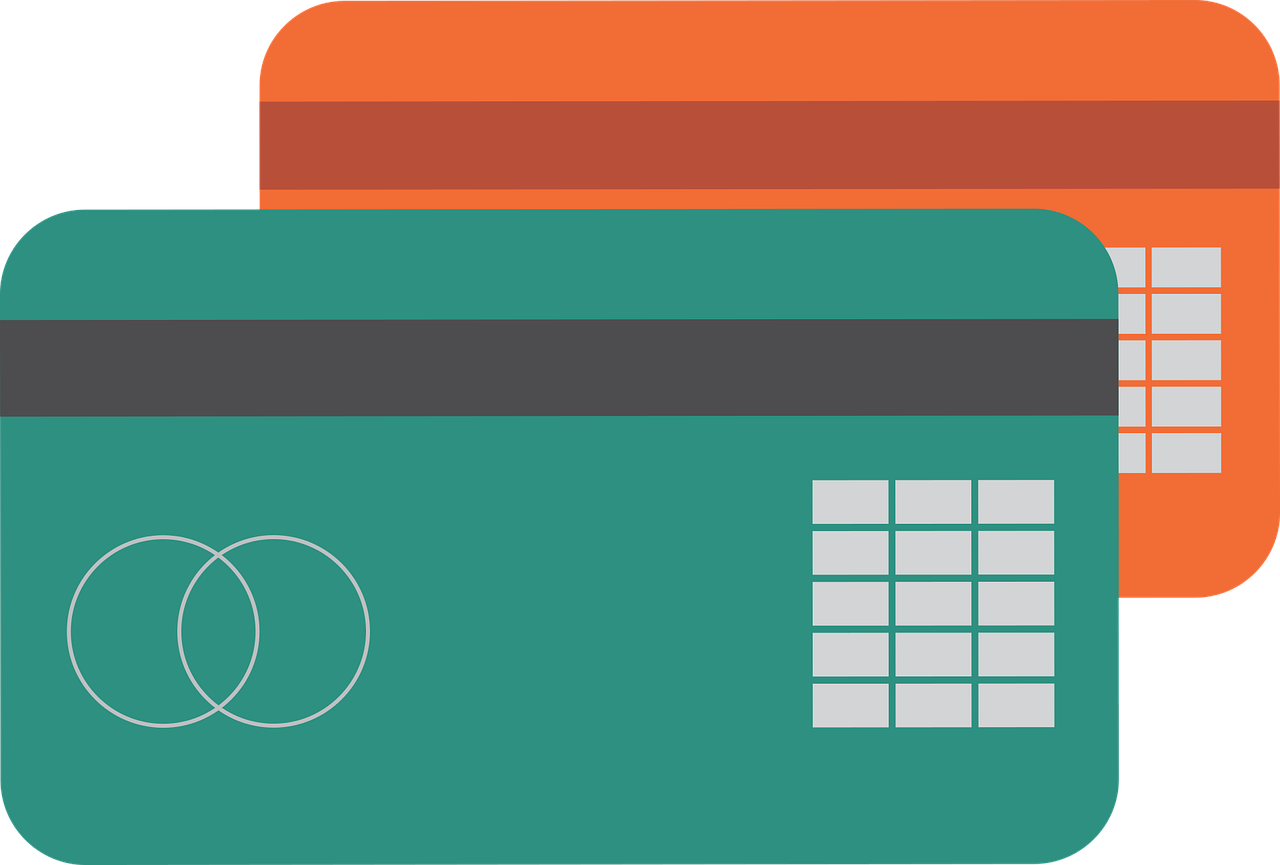
Financial Terms for Credit Card
If you missed the Financial Terms for Kids 101 — you can read it here.
Now that there is an understanding on the basic financial ideas and terminologies about checking/savings accounts, it is time to step it up a notch and learn about credit cards. Around 6 million full-time college undergraduates now have credit cards. Two out of three undergraduates have at least one credit card and 27% of them have four or more cards according to a recent study by a National Educational Loan Provider. So how much do you know about credit card? Below are a few terms to help you learn more.
Annual percentage rate (APR): The APR is what you pay on the credit card after you have failed to pay your principle in full. Simply putting it — it’s the interest rate you’ve been charged for a debt that scoped out over a year.
Credit card: A plastic card that looks similar to a debit card, but instead of paying with “your cash” — you’re paying with a “promise to pay” cash. Your bank/credit union will pay for in advance, and you will pay the bank/credit union back with monthly payments (pay in full each month, if possible). It sounds cool that you don’t have to pay up front, but don’t abuse the credit card or run up the amount greater that what you can afford…Because you’ll end up with a stiff fee. This means that your interest rate will increase causing you to pay more than what you originally owed.
Credit score: Your credit score is the number that represents your history with money. It’s how lenders decide whether or not you qualify for a loan, what your interest rate will be (based on how much of a risk you represent), and what your credit limit is.
Debt: The money you owe to your bank/credit union is known as a “debt” which is almost always bad. It usually means you have to pay interest on top of what you owe.
Grace period: The time frame between the end of a billing cycle and the date your payment is due is called a grace period — an interest free period. You can avoid paying interest on credit charges, if you pay off your credit card balance in full within this period.
Interest rate: Think of it this way — an interest rate is the “rental” price of money. The interest rate is the price you have to pay to use the (borrowed) money for a period of time. Example: you spent $1,000 (principle) on your credit card at an interest rate of 10% for one year. Therefore, you must pay back $1,100 (at the end of the year) because you are charged an extra $100 (interest rate) for borrowing the $1,000.
Principle: The amount of money that is borrowed before any interest is applied.
Refreshing your knowledge about credit card terms will not only benefit you, but your children as well. Remind them that credit cards are not “free money.” Give them a head start about the responsibilities of credit card, so they will learn to be careful how and when they swipe their card. This way they will be less likely to rack up a large debt. Taking a little bit of time to inform your children about credit card will be worth the time — for their financial future.
For more information on Credit Score: http://www.getyourworthon.org/advice/credit-scores


